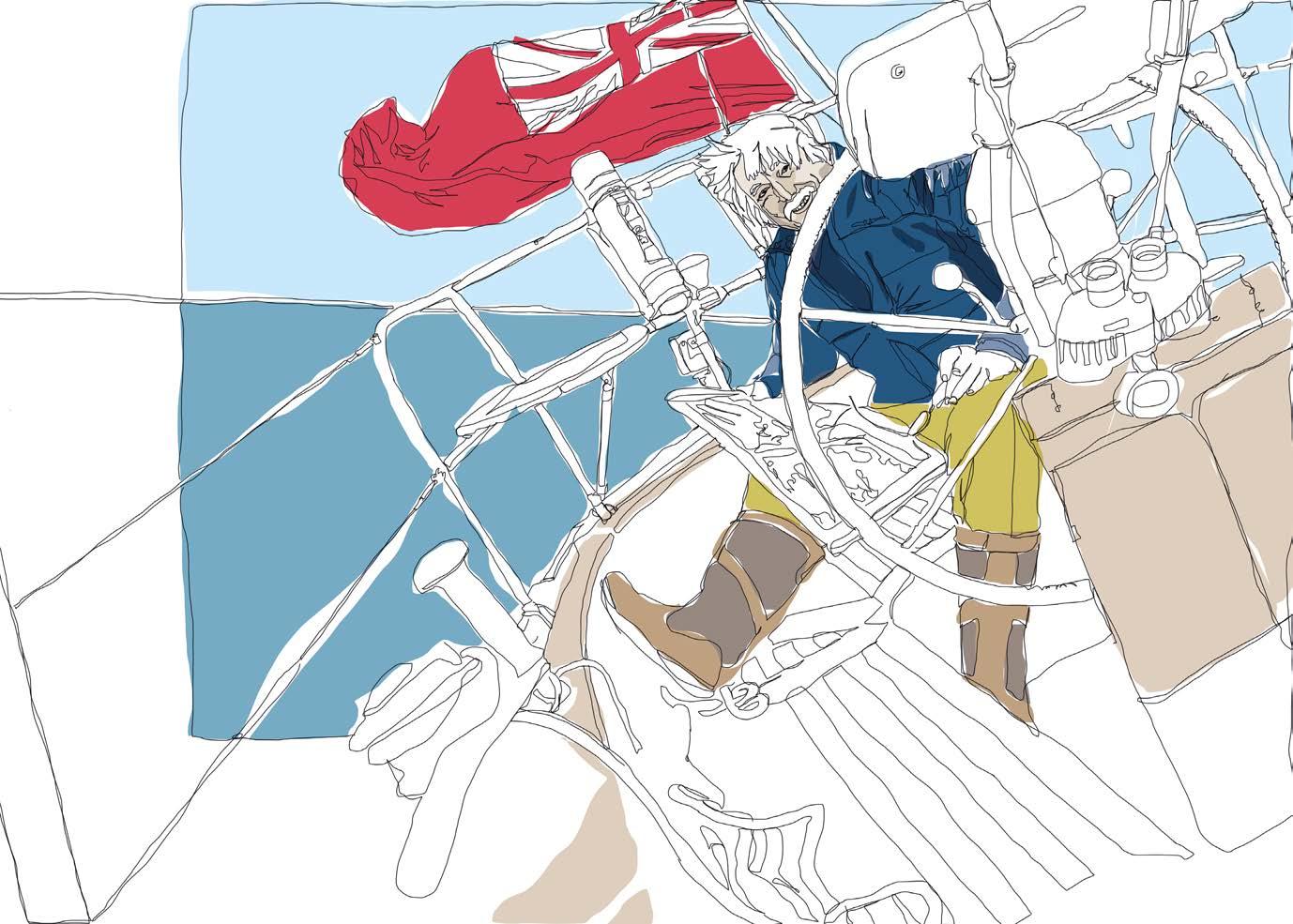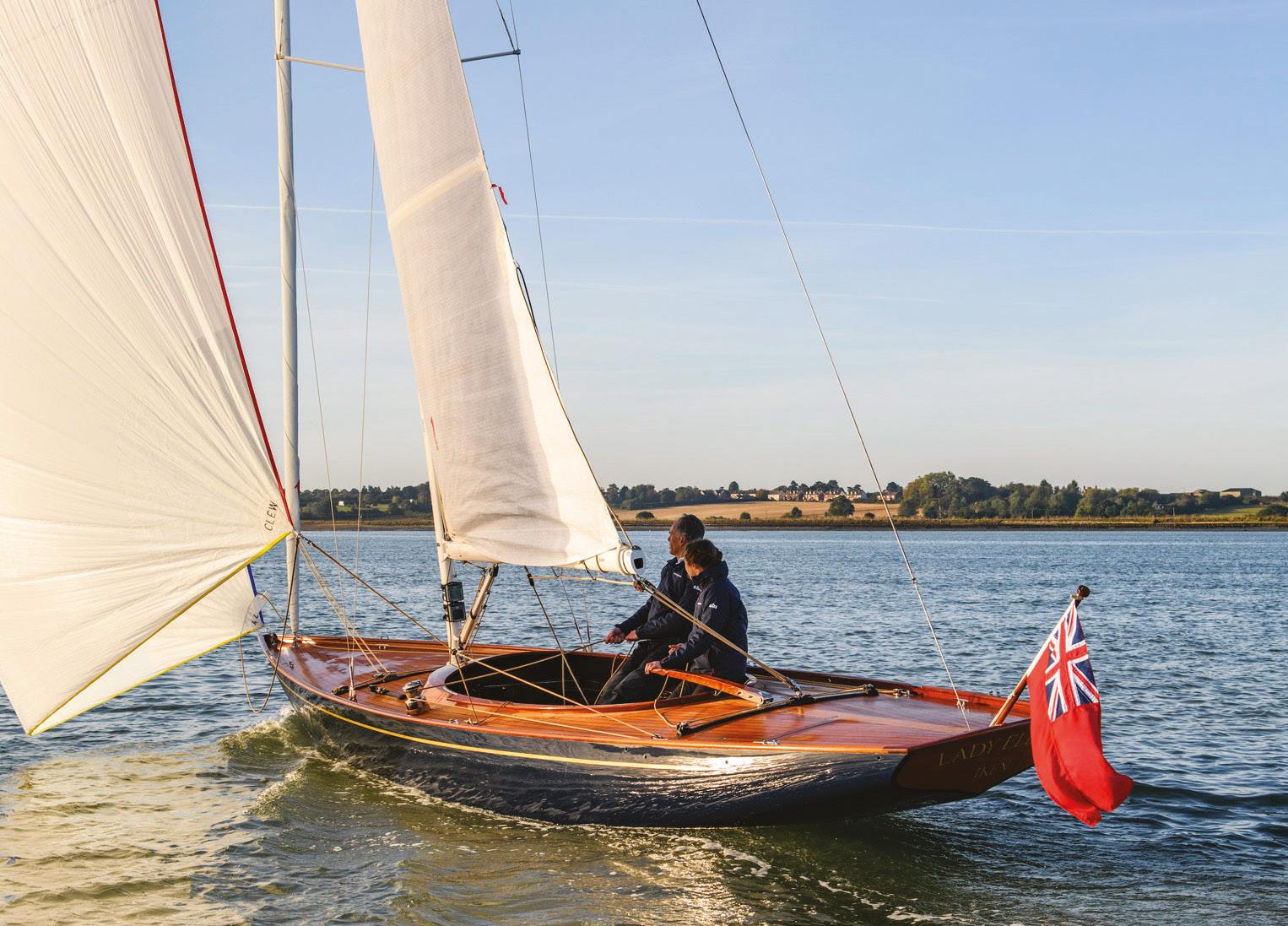Buyer’s Guide - Rope
Money for new rope Ropes need renewing from time to time. But which rope for which job? Sam Jefferson untangles this conundrum
R
igging has come a long way since the days of the clipper ship when a vessel like the Cutty Sark carried about eight miles worth of standing and running rigging on her three masts. These days, thank the lord, things are significantly less complicated even on the largest of vessels yet windage and weight aloft can still make a significant difference to performance. Meanwhile, selecting the wrong rope for a task may significantly compromise performance. At the most basic level, sheets and halyards need to have minmal stretch. The last thing you want is your sails losing shape in a
82
sharp puff of wind. By contrast, dock lines most definitely should have a bit of give in them to prevent excessive snatching. If that’s a very simple rule of thumb, things have got considerably more complicated in recent years. The introduction of Dyneema, for example has been a game changer, a lightweight rope fifteen times stronger than steel at the same weight. So which rope for you?
Choosing the right product
There’s a potentially bewildering array of choices when it comes to picking a rope for each task, so how do you choose? In many spheres
FEBRUARY 2022 Sailing Today with Yachts & Yachting
BELOW Polypropylene rope has a lot of stretch making it unsuitable standing or running rigging
simply choosing the most expensive product often results in a quality item that will do the job well. However, that’s frequently not the case with rope. Many cruiser racers will be fine with standard Dyneema halyards and sheets that have polyester covers.


















